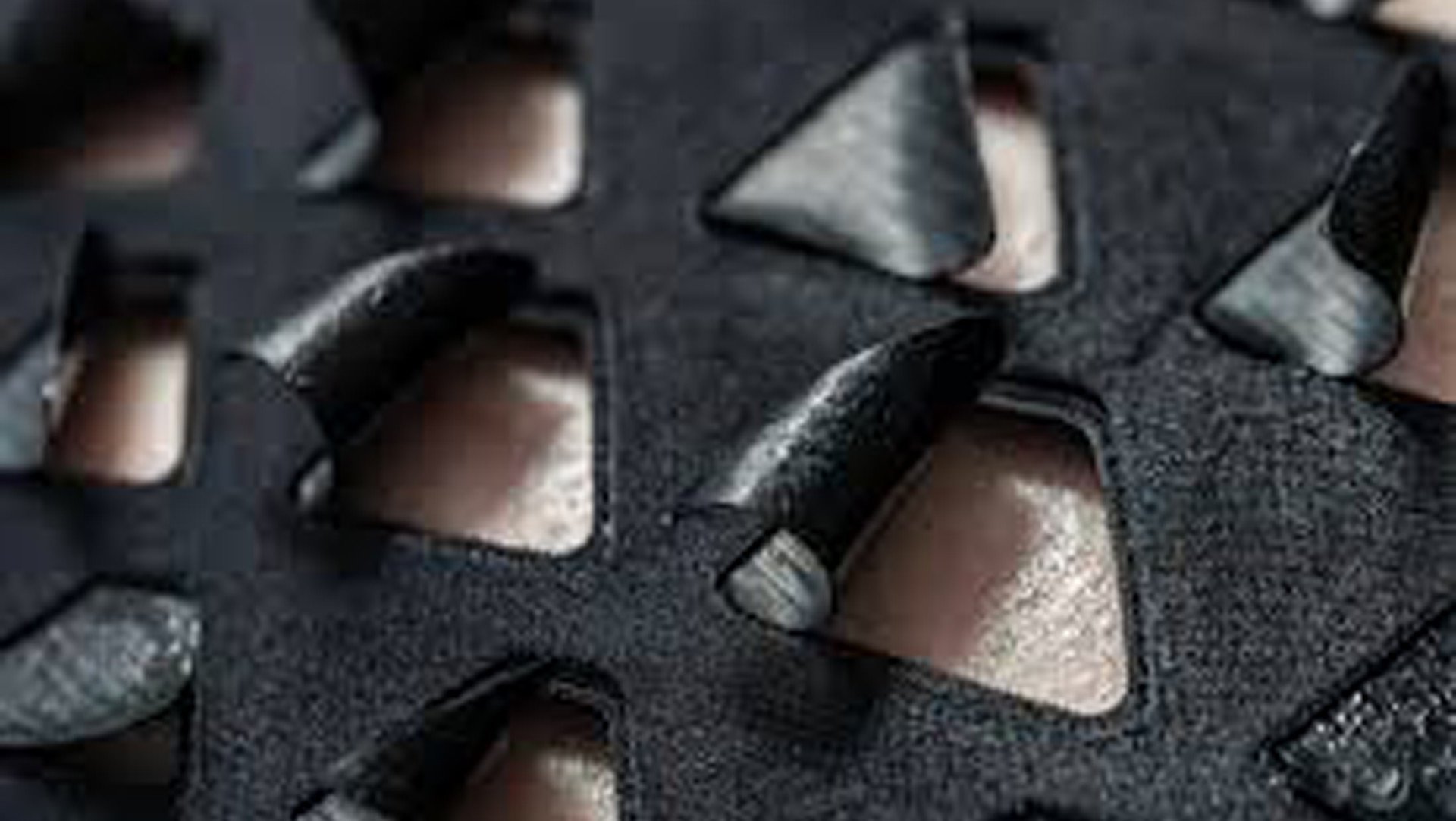Responsive sportswear
The team mainly focused on sportswear. Sometimes, athletic clothing is too hot and other times too cold. And it always has an odour. This prompted the researchers to develop sportswear that makes playing sports a lot more pleasant. See, the clothing features ventilation flaps with a coating of microbial cells. These cells shrink and swell in response to changes in heat or moisture, or both. By shrinking and swelling, the cells move the flaps. The flaps open when the athlete sweats or heats up and close again when the athlete cools down. In addition to clothes, the MIT team developed sports shoes as well. These trainers are fitted with a layer of flaps that have microbial cells on the inside. The cells absorb moisture and keep air circulating in the shoe. Would you like to be more visible when running at night? Current gene technology makes it possible to make the cells light up (fluorescence) in response to moisture. It is even possible to smell good during a workout thanks to microbes, by making them give off a pleasant aroma.
But why microbes?
The researchers had several reasons for choosing microbes in clothes. Many microbes, including yeast, fungi and bacteria, naturally change shape in response to moisture or heat. Their cells can be genetically modified to respond in different ways to these changing conditions. In addition, the cells are strong enough to bend the substrate on which they are used as coating. And certainly far from trivial: the microbes chosen by the researchers are safe for consumers, even to eat.
Synergy and future applications
With its designs, MIT provides a brilliant example of the synergy between engineering, chemistry, biology, design and sports. And this is only the beginning. The technology can be applied to blankets and curtains, or to new types of responsive packaging. ‘Living’ materials and appliances will increasingly become a part of everyday life. And microbes form an essential component.
Source: ACM/CHI '15

